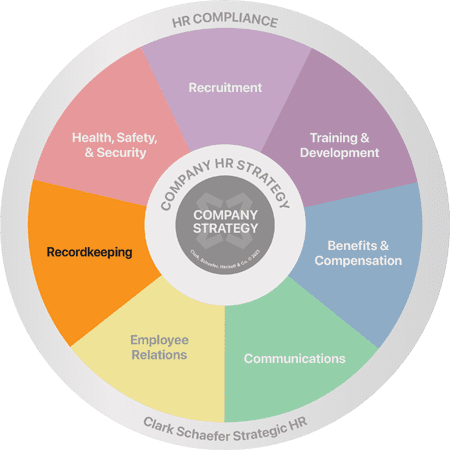Just Cause Termination
Question:
Can you terminate a stock room employee for failing to find a piece of needed equipment that he could not locate in the drawer when we had six on hand? He said we didn’t have the part when in fact we did.
Answer:
In an at-will State, an employer can terminate an employee for a bad reason, a good reason, or a silly reason – as long as the reason isn’t against the law. In your situation, the employee displayed either incompetence or inattention to detail and could in fact be fired for this reason alone. The qualifier in this, or in any case of termination, is whether the employee is being discriminated against because of age, race, religion, gender or disability. Each of these factors is covered by protective labor laws such as Title VII of the Civil Rights Act. Specifically, if employees who are Caucasian, for instance, are not fired for the same offense but only Black men, or Hispanic women, or people over 40 are fired there might be a case of (illegal) discrimination.
The deciding factor in a discrimination case is the answer to the question: was the employee fired for just cause (i.e., not locating a part and perhaps causing a lost customer) or fired solely because of race, color, etc.? To prove a just cause case you better be able to explain who, what, when, where, and why something occurred. Do you know why this person couldn’t find the part? Were they properly trained? Can you prove they were properly trained? Was there an investigation that can show that they knew what they were supposed to do and how to do it but just “didn’t do it”?
Bottom line – do a thorough investigation and make sure you have solid documentation. Without it any reason, or no reason, terminations are more likely to become discrimination lawsuits.
Terminations are one of the most difficult aspects of Human Resources. Even when justified it can be difficult to let someone in the workforce go. When not justified they can be a risky move for any company. Strategic HR can walk you through a termination, assist with the investigation and provide a third party objective look at each case. Visit our Employee Relations page to see how we can assist you with employment issues.




